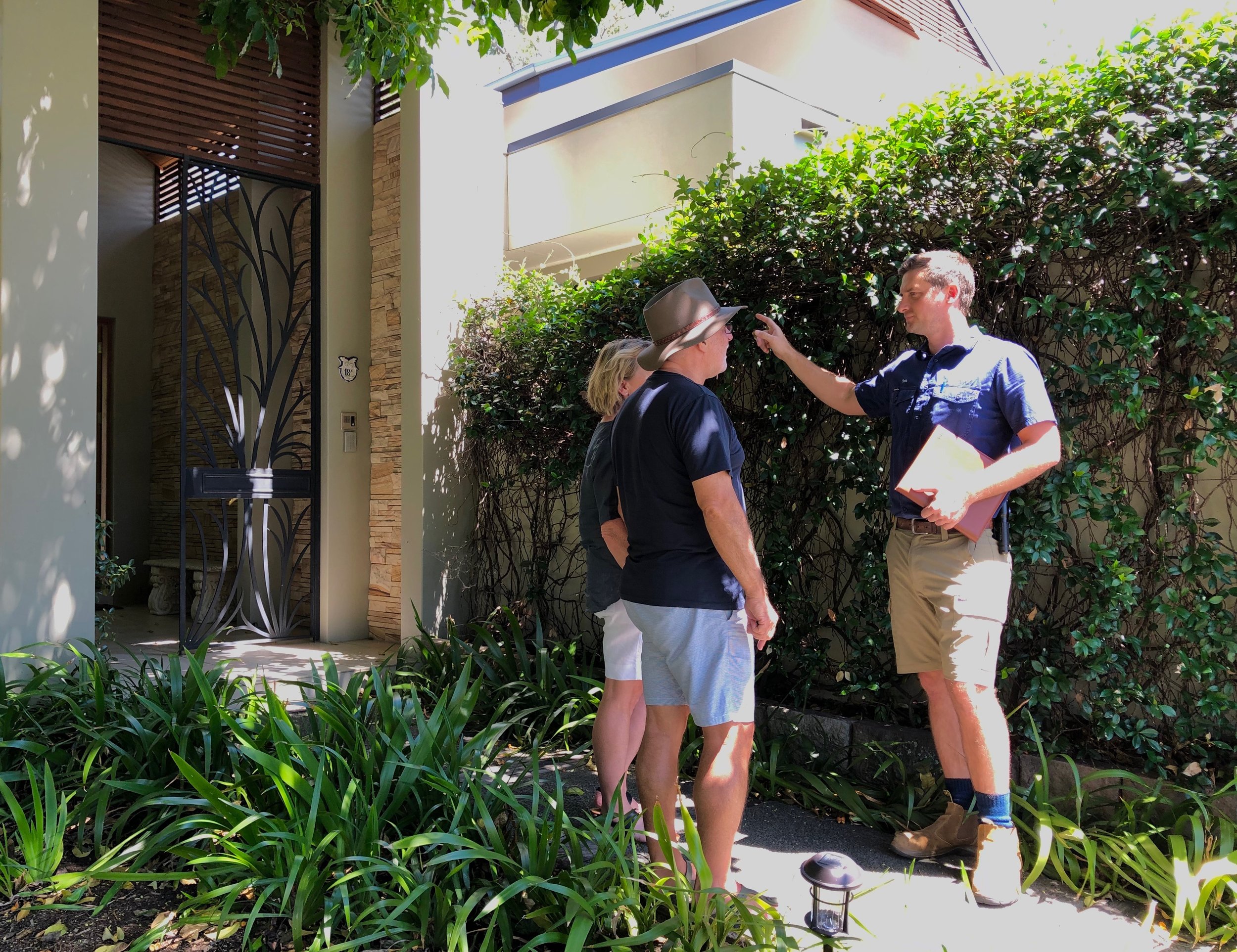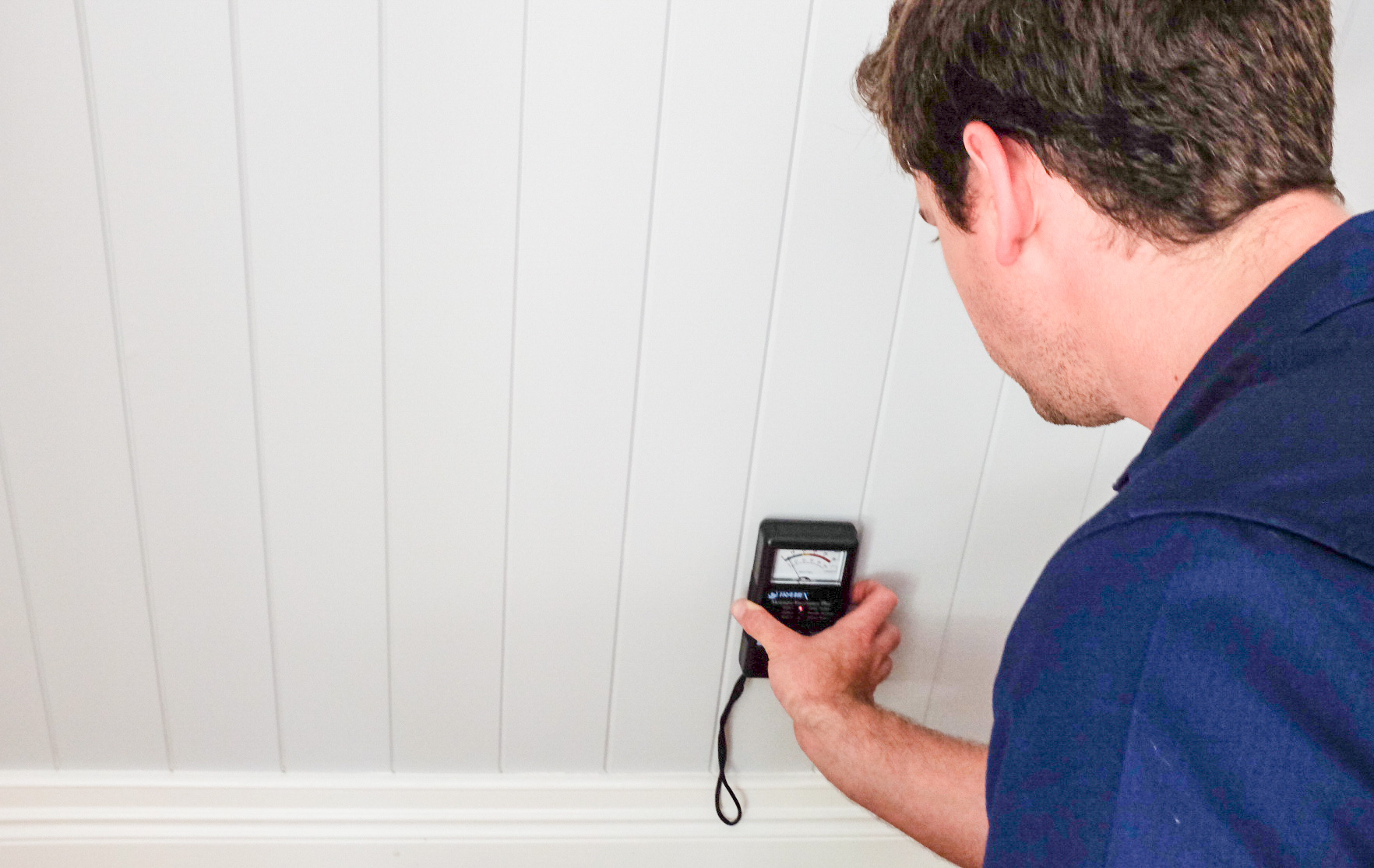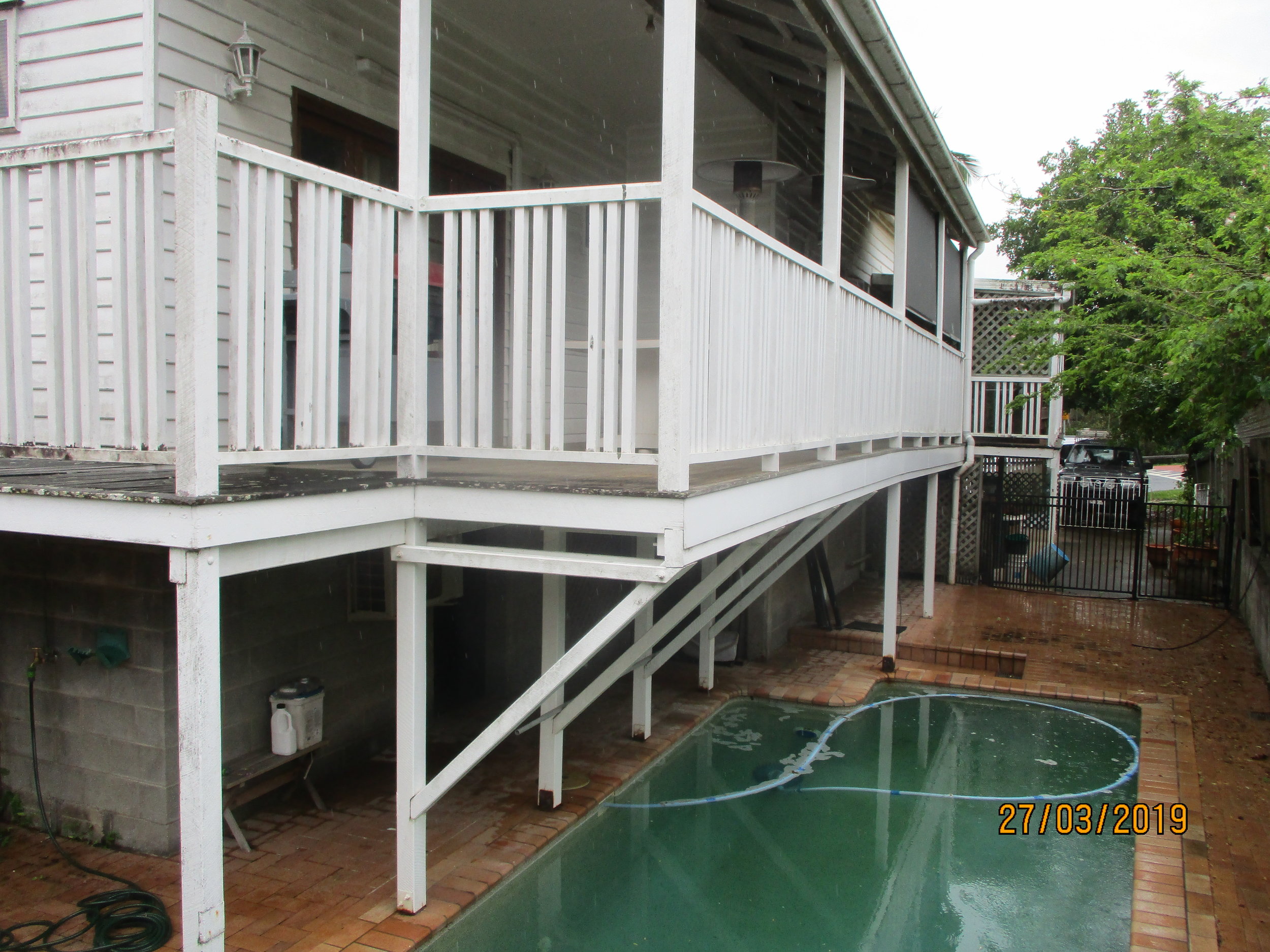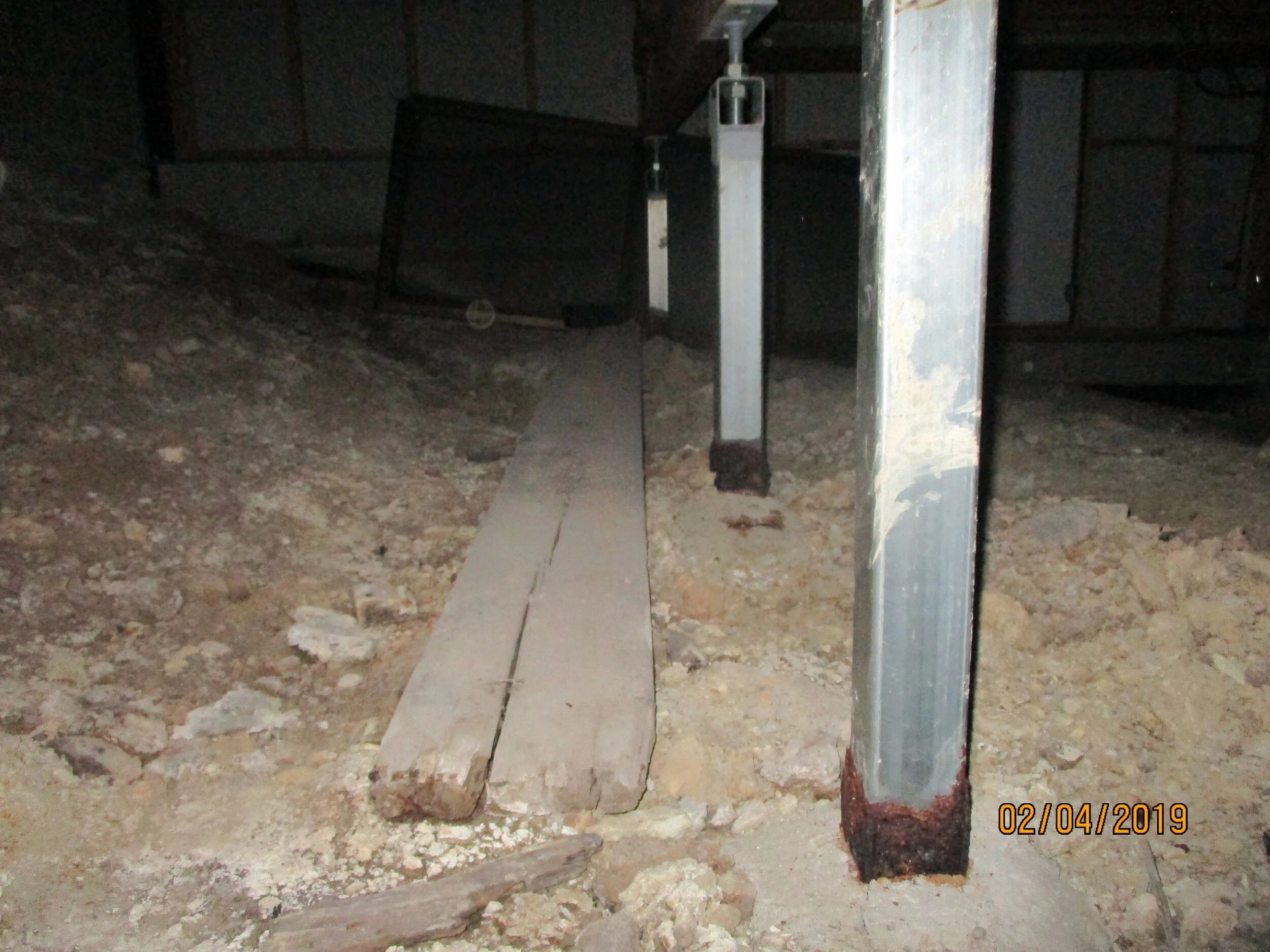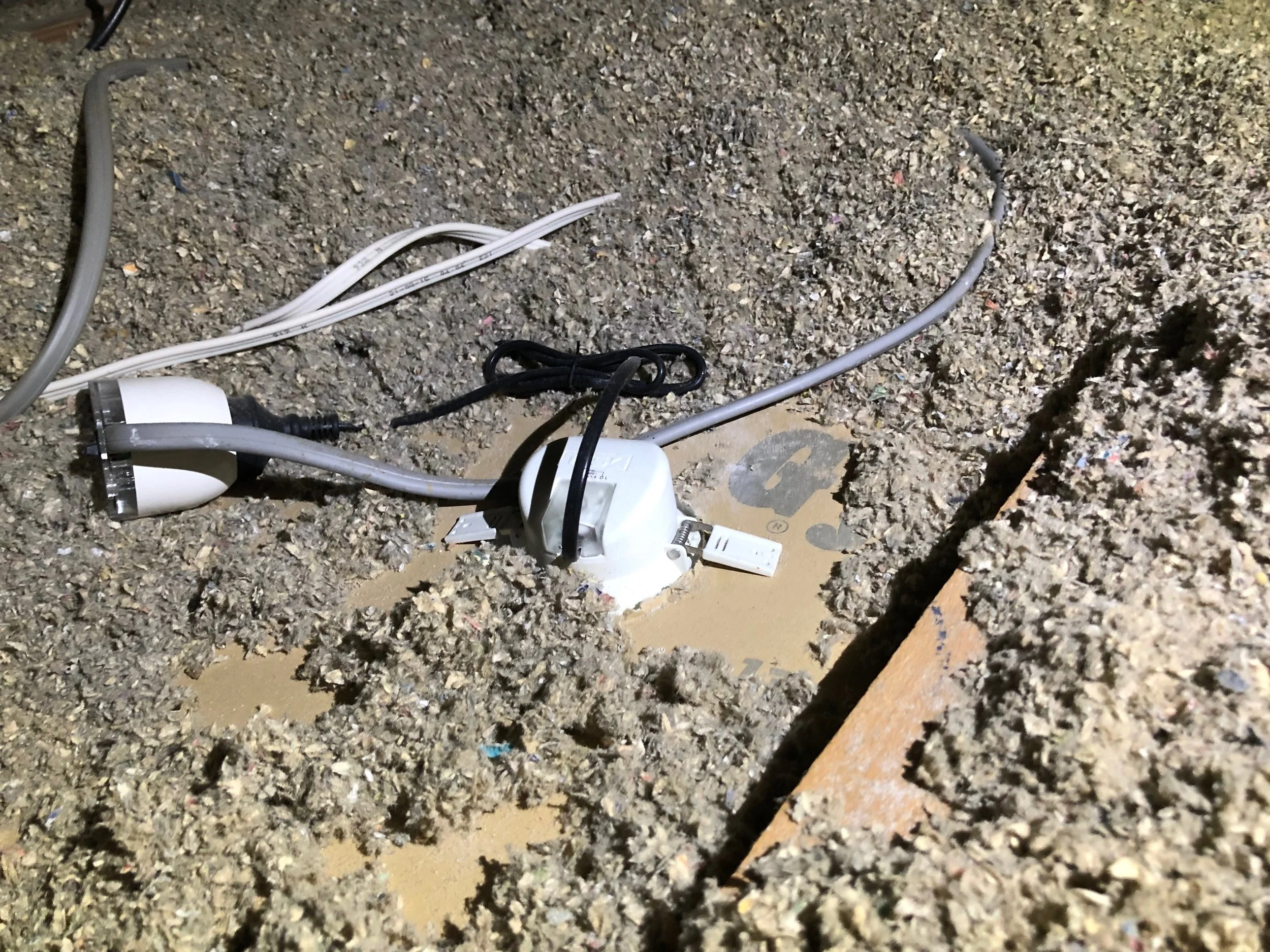When buying a property it is always a good idea to invest in a Building and Pest Inspection. This will provide you with all the information you need to be able to make an informed decision as to current or potential issues with the home.
Building and Pest Inspections are in fact two separate reports. At OneHome, our Inspector carries out both inspections simultaneously, meaning you only have to organise one inspection to obtain all the information you require.
All Building Inspections are carried out in accordance with The Australia Standards under AS4349.1-2007. The purpose of the inspection is to identify major defects, the incidence of minor defects and safety hazards associated with the property at the time of the inspection. The Pest Inspections are conducted in accordance with The Australian Standards under AS4349.3-2010 Inspection of Buildings Part 3: Timber Pest Inspections. The purpose of the Pest Inspections are to provide advice about the condition of the property concerning timber pest activity.
But what does this mean?
Building Inspections are a visual inspection of the property to identify any issues or hazards regarding the property. The report highlights any major defects, includes photographs of these defects and provides advice on improvements required to bring the house up to the Australian Standard. Both the inspection and report compare the inspected building with a building constructed to the generally accepted practice at the time and one which has been maintained so that there has been no significant loss of strength and permanence.
Timber Pest Inspections identify the discovery, or non discovery, of infestation and/or damage caused by termites (white ants), borers and wood decay fungi (rot). Finally, our Inspector will provide an opinion on the degree of risk of possible termite infestation and a recommendation for future management.
To book your Building and Pest Inspection, please call us on 3369 5231.

